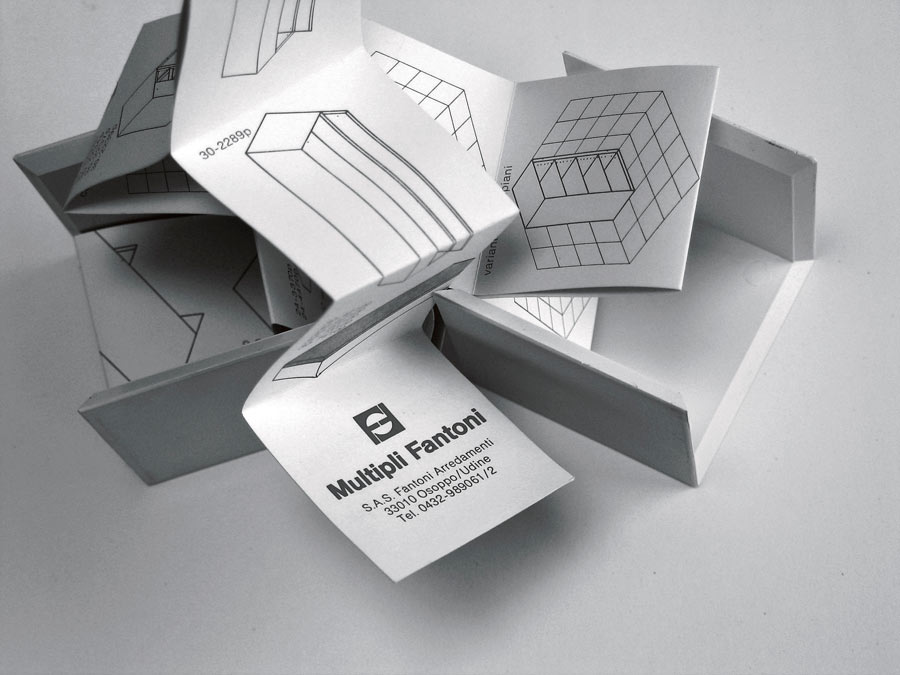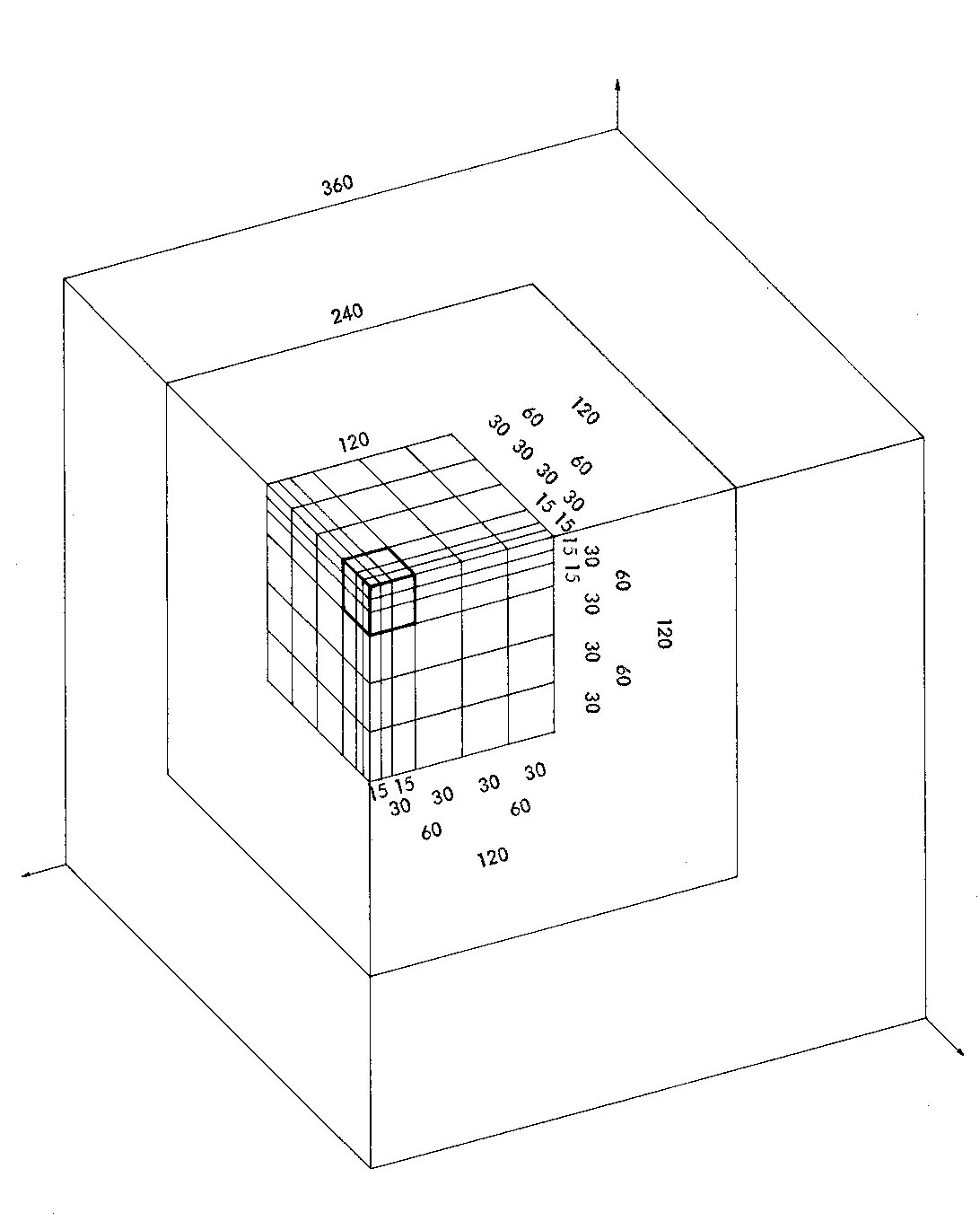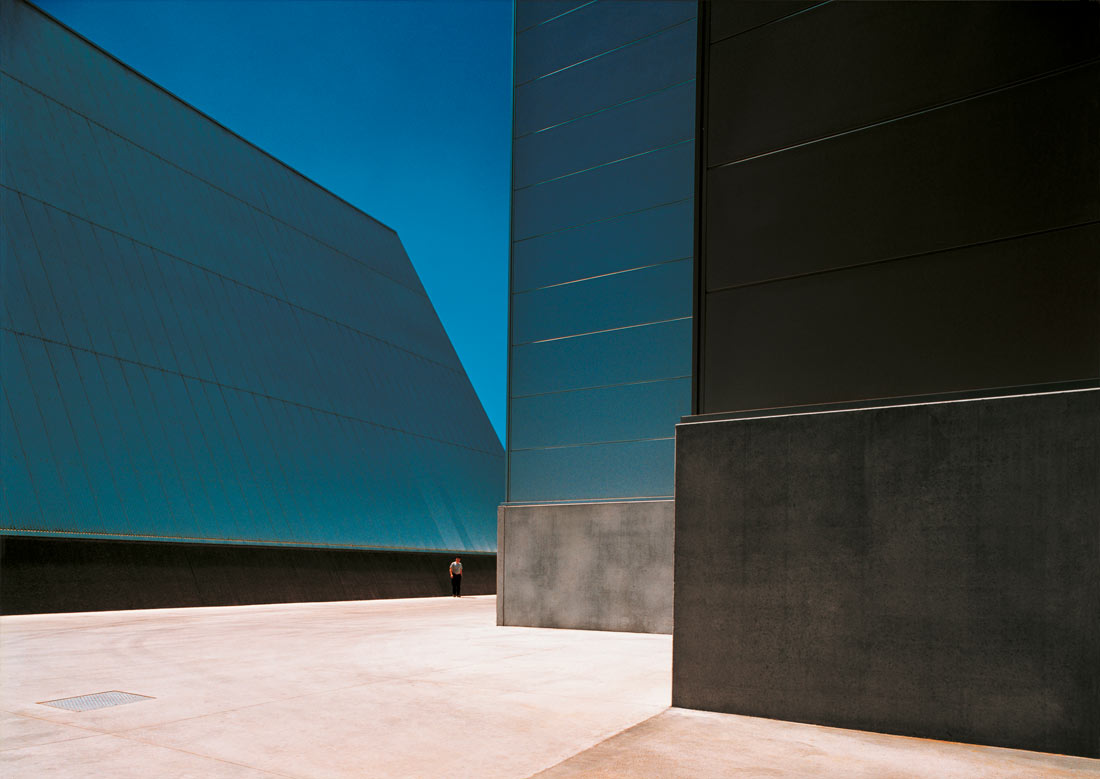architecture & design
The culture of design
Design culture is a part of our story, our actions and our thoughts. Designing means combining into a single, coherent whole the different cultural, social, technical, production-related and economic factors that together define the form of a product or a space. A good design requires careful consideration of the context, the evolving user demands and symbolic values, requirements and functional standards: it must be innovative and durable, created with an eye to people’s well-being.
This holistic approach to design has enabled Fantoni to interpret the radical changes seen in the office world over time, receiving major international accolades, including the Compasso d’Oro award for lifetime achievement in 1998. The same culture continues to guide the Product Development Office both in the conception of new designs and in the definition of unique environments in which function, ergonomics, acoustics and air conditioning are harmoniously integrated.

Prominent partnerships
In 1968, Gino Valle and Herbert Ohl defined a new international standard for the office environment with the Multipli series: this series was included in the New York MoMA collection in 1972, and in 1983 it received the Silver Award from the Institute of Business Designers, as well as the “Gute Form” Bundespreis.
In the seventies and eighties, architects Mario Broggi and Michael Burckhardt, previously involved in the technical revision of the Multipli system (renamed “45”), gave shape to new systems of furniture, partition and storage walls that became best sellers.
In the new millennium, other young names worked alongside Fantoni, reaching new milestones in the evolution of the office, and new accolades celebrating the excellence of our Group. Particularly noteworthy among these are Marco Viola with the Stripes concept (2002), Metrica with Woods (2017, Honourable Mention at the 26th edition of the Compasso d’Oro, 2020) and Outline (2018), Matteo Ragni with the versatile Hub workstation (2015), and Studio Gensler with Atelier (Trophées de l’Innovation 2019, German Design Award 2010).
Quaranta5
There is a classic of international design and emblem of Fantoni’s excellence that is still in production to this day. Originally called “Multipli”, this furniture programme was conceived in 1968 by Gino Valle with Herbert Ohl, in response to the transformation of the office environment brought on by the advent of automation.

The ingenious invention of the 45° bevelled edge gives the tops a remarkable sense of lightness, while the “folding” technology means the storage cabinets can form perfect volumes, with no visible joints. Developed around the concept of modularity and open systems, this programme allows spaces and functions to be freely organised. These characteristics continue to inspire Fantoni’s collections, from operative to executive furniture.

We live architecture
Architecture is proportion, the order that unites space and time, generating relations and experiences. The identity of the Fantoni Group is closely tied to its architectural presence, to the industrial “campus” in Osoppo that Gino Valle developed, in over thirty years of collaboration, to house the company’s progressively-evolving functions and activities. An open, ongoing project, developed in a succession of increments, and always built on a specific relationship with place. A poetic landscape of primary geometries, different industrial volumes and materials harmoniously interacting with one another and with the environment: the imposing pavilions of the management centre, with its large windows overlooking the greenery of the internal gardens; the iconic “cathedral”; the industrial warehouse buildings for the storage of wood chips.

The same principles guided subsequent constructions, the Research Centre – conceived by Mario Broggi and Michael Burckhardt under the supervision of Gino Valle – and the auditorium, its elliptical “apse” standing out with its distinctive sloped shell.
The same attention to context and to the existing surroundings, the functional renewal of spaces, the search for specific constructional solutions continue to guide Pietro Valle’s studio Valle Architetti Associati and its contributions to the Fantoni Campus, recently seen in the renovation of the company restaurant, the new Plaxil 8 plant and the current renovation of the interior of the Plaxil 5 “cathedral”.



